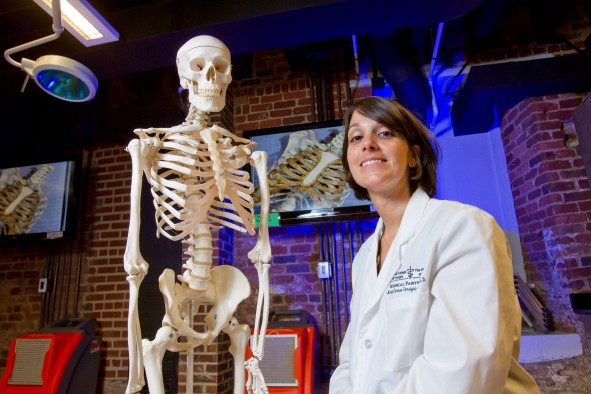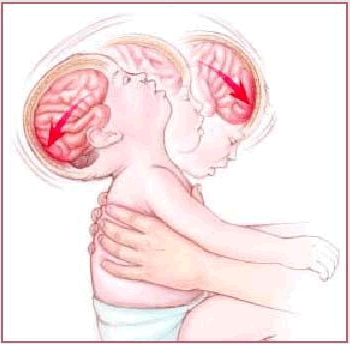Forensic Anthropology – Dr Tersigni-Tarrant
Forensic anthropology is the analysis of skeletal, badly decomposed, or otherwise unidentified human remains, and is important in both legal and humanitarian contexts. Forensic anthropologists apply standard scientific techniques developed in physical anthropology to analyze human remains, and to aid in the detection of crime. In addition to assisting in locating and recovering human skeletal remains, forensic anthropologists…
Read More






